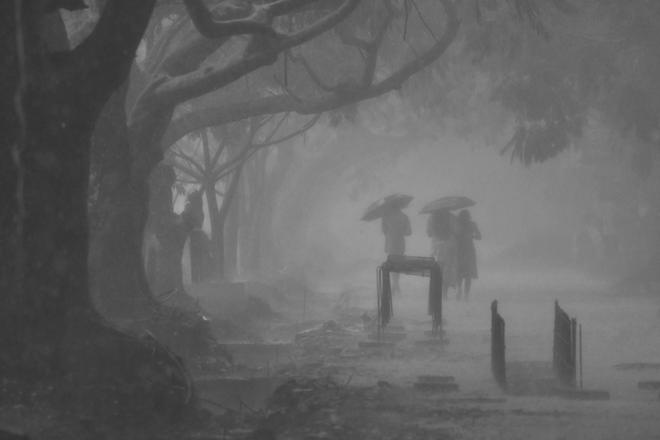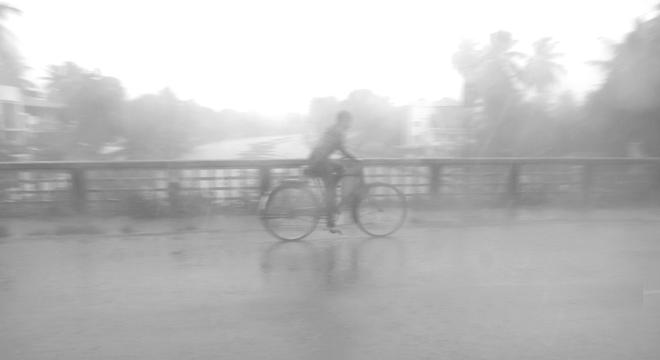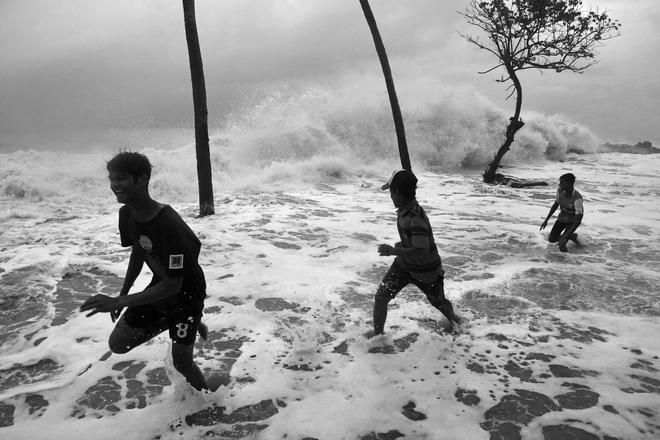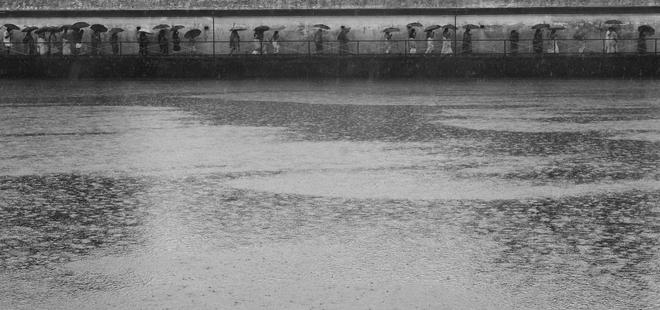When the cashew trees atop the hill begin to blossom, one can smell summer. When the luxuriant green of the tall grass begins to change colour, one can see summer. On the laterite hill, where even the cashew trees don’t grow, one can touch summer and bathe in its warmth. The pictures that remain unscathed by the heat proclaim that the colour of summer is a green burnt gold.

It is only during summer vacations that one ventures into the cashew orchards — to pick ripe fruit and have thorns pierce one’s bare feet. Until then, it is the domain of foxes, wild pigs, hedgehogs and wild fowl. The journey to the orchards near the house in Madikai, in Kasaragod district, begins in the morning, traversing hills and forests to pluck the fruit and carry them back in baskets. By the time one descends, the sun would have set. When summer ends, the cashew nuts begin to dwindle. Then, it’s time to collect firewood to prepare for the impending monsoon. But first, fallen coconut fronds are gathered, the leaves separated from the stem and left in the river to soften, while the stems are laid out to dry in the sun. Just before the leaves begin to decay, they are taken out and spliced in the dim light of the chimney lamp, dried in the sun and then used to build a shack to store firewood.

All that was collected from the cashew orchards goes into this shack: firewood, fronds, coconut shells and husk. In the kitchen, just above the firewood stove, kumbalanga (ash gourd) and vellari (Indian cucumber) are hung up for future use. Jars are filled with mango in brine and in its pickled form. Jackfruit and mango are stored in various forms, too, both dried and as preserves.
The sacred groves where the theyyams dressed in crimson silk, their feet fastened with anklets, as they performed their wild dances are now silent. The fields where the children played football are now empty, save for the goalpost. The forest has begun to creep into the cashew orchards. And that is when it arrives.

The skies above Karthika hills begin to darken. The wind plays with the tops of the coconut and palm trees. Darkness gradually engulfs the day. One hears the sound first, of the rain that descends from the hills, crosses the river, and traverses the coconut and palm groves and the fields. It caresses the chembarathy (hibiscus), nandiarvattom (pinwheel flowers), pavizhamalli (coral jasmine) and chethi (ixora) in the courtyard, before touching the thulasithara (a shrine for the holy basil) and entering the house, with its tiled roof and floor smoothened with cow dung. The rain picks up in tempo and petrichor fills up the senses.

There are different kinds of rain. One that stays for a brief spell; one that stays for a few days; and one that pours down the eastern hills. The kind that stays for a while swells up the streams, which soon fill with fish. Once the streams are in full spate, the water enters the fields. In its clear depths, one can see the fish darting. Little rivulets that spring from the hillsides flow down as clear streams. But as the rain strengthens over the hills, it acquires the colour of earth. Overnight, the river reaches the doorstep. At times, it seems like the river refuses to return. And it floods.
I want to take a photograph. Not of the summer or the rain, but of a boy whose summer was spent wandering in the cashew orchards; who swam in the relentless floods of the monsoon to the safety of his mud house with a tiled roof without electricity. Of a boy who could not even dream of a camera.
thulasidas.pv@thehindu.co.in







